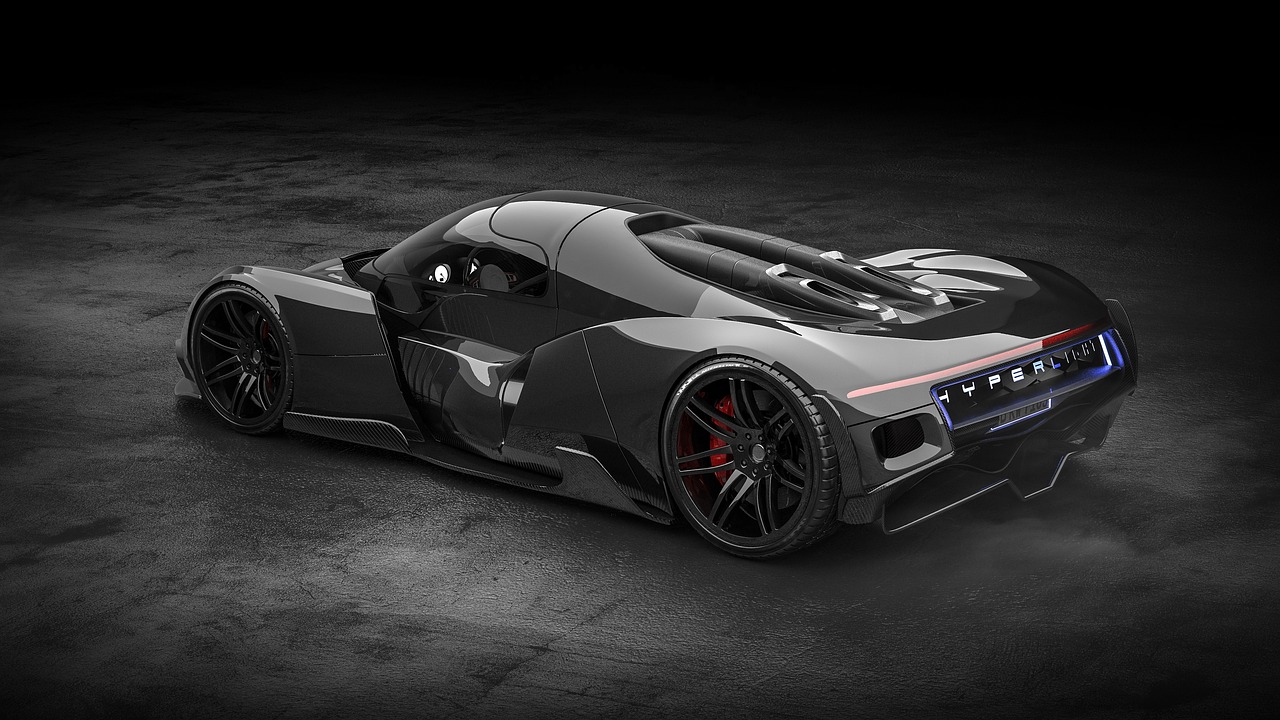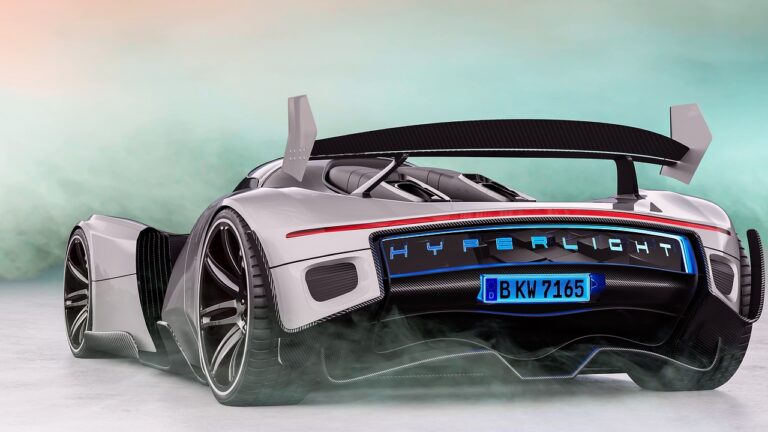3D Printing in Automotive Manufacturing: Revolutionizing Prototyping and Production
Additive manufacturing has revolutionized the way automotive designers approach the creation of new vehicles. With the ability to rapidly prototype and iterate designs, 3D printing allows for more flexibility and innovation in the design process. Designers can easily test out different concepts and make adjustments on the fly, leading to more efficient and cost-effective development cycles.
Moreover, additive manufacturing enables the production of complex and intricate geometries that would be nearly impossible to achieve using traditional manufacturing methods. This has opened up a new realm of design possibilities for automotive designers, allowing for the creation of lightweight yet strong components that optimize performance and fuel efficiency. The ability to tailor designs to specific needs and requirements has led to the development of more personalized and unique vehicles that cater to individual preferences and driving styles.
Advantages of 3D Printing in Creating Customized Automotive Parts
3D printing offers significant advantages in creating customized automotive parts. With this technology, manufacturers can easily produce unique and bespoke components tailored to specific needs and requirements. This level of customization allows for greater flexibility in design and the ability to cater to niche markets with ease.
Furthermore, 3D printing enables rapid prototyping of automotive parts, reducing time-to-market and speeding up the product development cycle. This results in faster iterations and design improvements, ultimately leading to a more efficient production process. The ability to quickly test and iterate designs using 3D printing also helps in reducing costs associated with traditional manufacturing methods.
Challenges and Limitations of Implementing 3D Printing in Automotive Production
One of the key challenges in implementing 3D printing in automotive production is the high initial costs associated with acquiring and maintaining the necessary equipment. Despite advancements in technology driving down the prices of 3D printers, the more sophisticated industrial-grade machines needed for automotive manufacturing can still be prohibitively expensive for many companies.
Another limitation is the speed of production when using 3D printing for automotive parts. While additive manufacturing allows for the creation of complex and customized components, the process can be considerably slower compared to traditional manufacturing methods. This slower production rate can impact overall efficiency and output in a fast-paced industry like automotive production, where time is often of the essence.
• Implementing 3D printing in automotive production requires high initial costs for equipment
• Industrial-grade 3D printers needed for automotive manufacturing can still be expensive
• Speed of production using 3D printing is slower compared to traditional methods
• Additive manufacturing allows for complex and customized components
• Slower production rate can impact overall efficiency and output in fast-paced automotive industry
What is the impact of additive manufacturing on automotive design?
Additive manufacturing, specifically 3D printing, allows for more complex and intricate designs that were not possible with traditional manufacturing methods. This enables automotive designers to create unique and customized parts.
What are some advantages of 3D printing in creating customized automotive parts?
Some advantages of 3D printing in automotive production include rapid prototyping, cost-effectiveness for low-volume production, and the ability to create complex geometries with lightweight materials.
What are some challenges and limitations of implementing 3D printing in automotive production?
Challenges include the high cost of 3D printing equipment, limitations in material selection compared to traditional manufacturing methods, and the need for skilled operators to manage the technology effectively. Additionally, there may be regulatory and quality control concerns to address when implementing 3D printing in automotive production.







